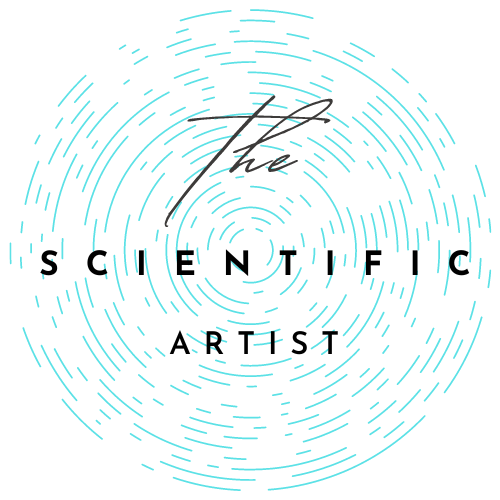Strategies in Creative and Performing Arts
Transformationalism
This study project was done as part of the course, Strategies in Creative and Performing Arts. The aim of the study was to analyse and compare different art movements and then coin your own by observing similar styles or patterns. Transformationalism redefines art as a living, evolving dialogue between creator and viewer. Drawing inspiration from movements like Dadaism, Abstract Expressionism, and Op Art, this body of work challenges the notion of static art. Instead, it celebrates metamorphosis, spontaneous participation, and the interplay of scientific, emotional, and visual experiences—inviting you to witness art in perpetual motion.

Artwork I: The Obliteration Room (2002) by Yayoi Kusama
Step into a realm of creative co-authorship. In this immersive installation, visitors transform a pristine white environment by adding colorful dot stickers. The work’s evolving landscape embodies the spirit of Transformationalism—where spontaneity, active engagement, and a touch of delightful chaos invite every participant to become a part of the artwork’s unfolding narrative.

Artwork II: Red Cube (1967) by Isamu Noguchi
Experience a sculpture that challenges fixed perspectives. As you move around the Red Cube, its shifting form reveals new facets, echoing the dynamic interplay of emotion and perception. This piece marries scientific inquiry with artistic expression, inviting viewers to explore a multi-dimensional visual dialogue that evolves with every angle.

Artwork III: Utsusemi (2003) by Motoi Yamamoto
Marvel at the ephemeral beauty of Utsusemi—a salt-based installation that slowly disintegrates over time. This work poignantly captures life’s impermanence and the inevitable journey toward entropy. By engaging with this delicate transformation, the artwork prompts deep reflection on the transient nature of existence and the beauty inherent in change.

Artwork IV: Cataract 3 (1967) by Bridget Riley
Immerse yourself in a kinetic interplay of curves and shifting colors. Cataract 3 uses optical illusions to generate a continuous visual dialogue that evolves as you engage with it. The piece not only challenges traditional static forms but also mirrors the emotional depth and fluidity of human perception, inviting viewers to experience art as an ever-changing phenomenon.
Read the full report here.


